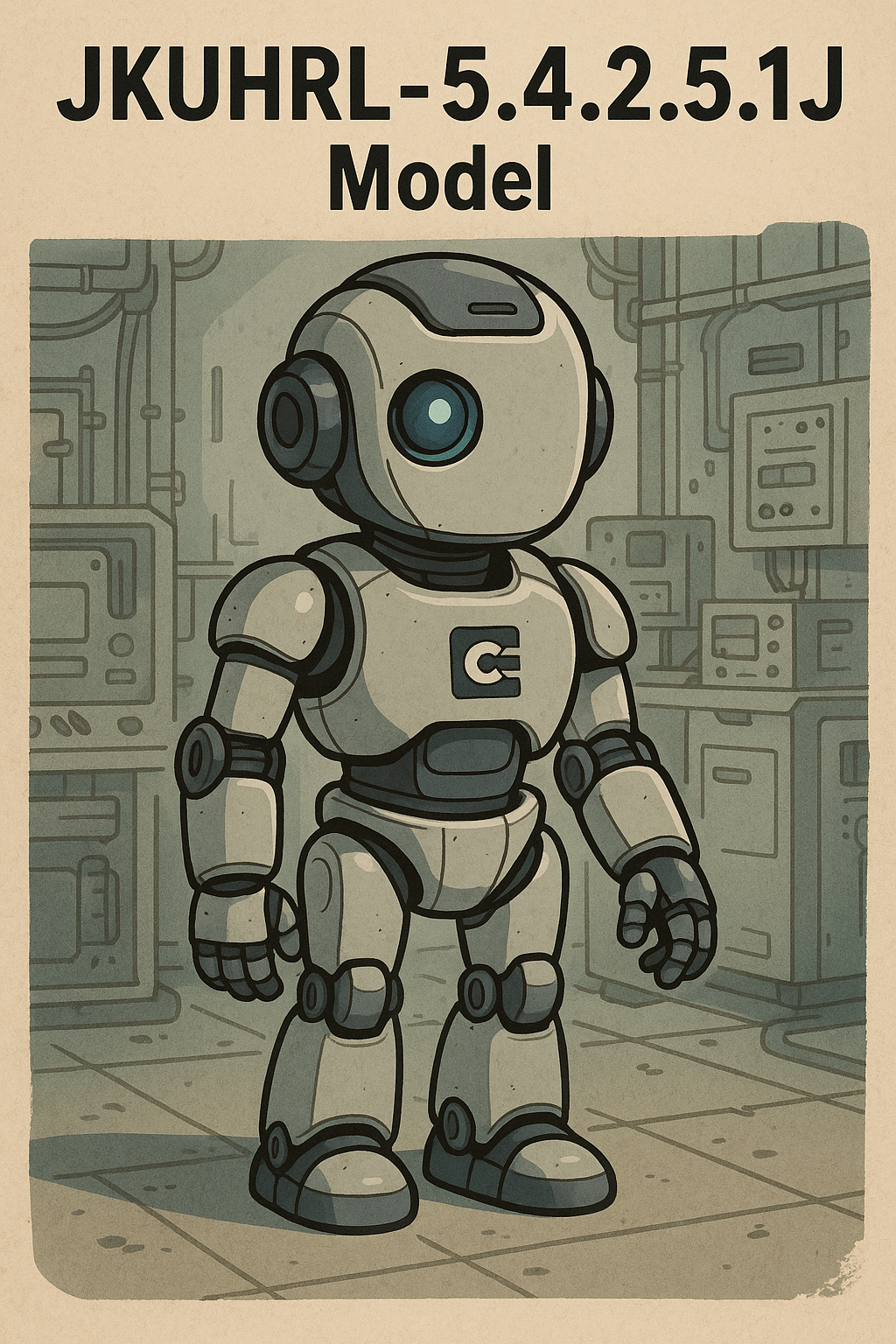The jkuhrl-5.4.2.5.1j Model Introduction
In engineering, data modeling, and system architecture circles, the phrase jkuhrl-5.4.2.5.1j model has been gaining popularity. Though it seems enigmatic at first appearance, it refers to an organized and modular categorization system employed in several sophisticated technical frameworks, maybe including IoT ecosystems, AI simulations, or CAD software protocols.
This paper will investigate the jkuhrl-5.4.2.5.1j model, its applicability, and how current businesses are using it.

The jkuhrl-5.4.2.5.1j Model
A hierarchical versioning and classification system, the jkuhrl-5.4.2.5.1j model is used to identify iterations or components in engineering contexts. Usually, the organized format—numbered sequence with a letter suffix—represents modular levels or categories, thereby helping to track complicated systems.
Although the particular implementation specifics of this paradigm differ per discipline, it is thought to:
- Be applied in modular robotics
- Help with component categorization in big CAD systems
Code Breakdown: jkuhrl-5.4.2.5.1j
Here is a conjectural analysis of the model framework:
- Could mean an internal naming convention or private framework or tool.
- Usually a suffix to denote a sub-branch, update, or experimental tag, j
In projects where hundreds of modules are created, tested, and deployed across several stages, this paradigm supports traceability preservation.
Uses of the jkuhrl-5.4.2.5.1j Model
1. Management of System Architecture
Applied to run large-scale IT or OT systems, the model can assist in mapping dependencies and modules across hardware and software.
2. Engineering Design Archives
Such organized naming helps CAD systems control millions of parts in a digital product lifetime.
3. AI Training Pipeline
Hierarchical models like this allow distinct model versions and training sets to be labeled for repeatability in machine learning settings.
4. IoT (Internet of Things) Frameworks
IoT systems might use the model to differentiate across devices, firmware versions, and settings.
Advantages of Using Structured Models Such as jkuhrl-5.4.2.5.1j
- Version Control: Simple version and branch tracking
- Improved Documentation: Increases team comprehension and readability
- Modular Scalability: Supports scaling by logically organizing subsystems
- Bug Tracking: Makes it easier to pinpoint which module iteration contains issues
Things to Keep in Mind and Limitations
- Lack of Standardization: The jkuhrl system may not be known everywhere
- Understands first training
- Might be restricted to certain companies or applications.
Working with Models Like jkuhrl-5.4.2.5.1j
- Learn how parts are nested.
- Keep a reference document to interpret every component using documentation.
- Map to Versioning Systems: Fit with semantic versioning or internal policies
Read About:Make1m.com Luxury Yachts: Where Prestige Meets Creativity
Questions on jkuhrl-5.4.2.5.1j Model
What is the jkuhrl-5.4.2.5.1j model used for?
Usually, it is for classifying modular systems in engineering, software, or artificial intelligence settings.
Is this model uniform?
Not at the moment. It seems to be employed in proprietary systems or within certain sectors.
Could it be applied for version control?
The model is perfect for monitoring and controlling several versions or parts.
Is this model machine-readable, Q4?
Definitely. Its organized structure fits integration and automation.
Q5: From where did the model come?
Its precise source is unknown, but advanced technology settings almost certainly created it inside.
Though its precise source is unknown, it probably grew inside sophisticated technology settings.


